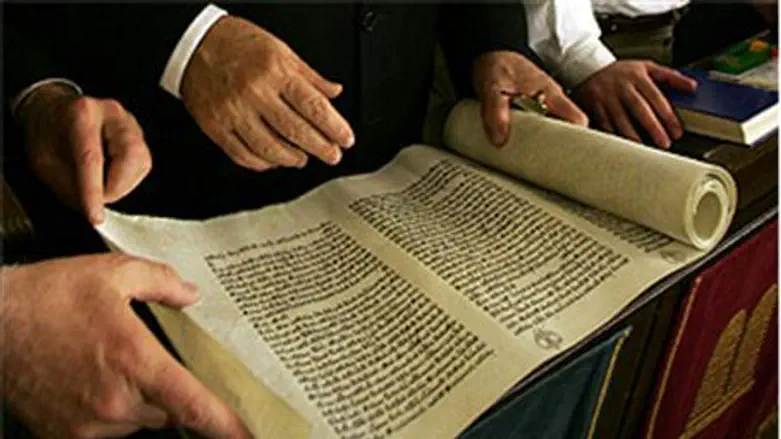
Jews around the world will be observing the Fast of Esther (Ta’anit Esther) on Thursday.
The Fast of Esther commemorates the three-day fast observed by the Jewish people at Esther's request as the Purim miracle unfolded. The story can be found in the Scroll of Esther which is read out loud twice, evening and morning, during the holiday.
The fast is usually observed on the thirteenth day of the Jewish month of Adar, which is the day before Purim. However, when the thirteenth of Adar falls on Shabbat, as is the case this year, the fast is moved to the preceding Thursday, while Purim is celebrated on Sunday. Cities that had walls in the days of Joshua, such as Jerusalem, celebrate Shushan Purim on the 15th of Adar, which falls on a Monday this year.
The Fast of Esther is different from other fast days since it does not commemorate a day of mourning (as do the fasts on the tenth of Tevet, seventeenth of Tammuz, Tisha B'Av, and the Fast of Gedaliah). As such, the observing of the Fast of Esther is more lenient than those of other fast days.
The fast is observed from dawn until dusk on Thursday. Times are as follows:
- In Israel, the fast is observed from 4:18am local time to 6:10pm local time
- In New York, the fast is observed from 2:27am local time to 7:46pm local time
- In Chicago, the fast is observed from 2:15am local time to 7:43pm local time
- In Los Angeles, the fast is observed from 3:03am local time to 7:23pm local time
Women who are weak, pregnant and breastfeeding are exempt from fasting on the Fast of Esther, as are older and weaker men. Those exempt from fasting are allowed to eat only to sustain the body and are not allowed to consume delicacies.
For further details on the Fast of Esther and the Purim holiday, including lectures and questions and answers, visit the Beit El Yeshiva Center’s special page for Purim.
